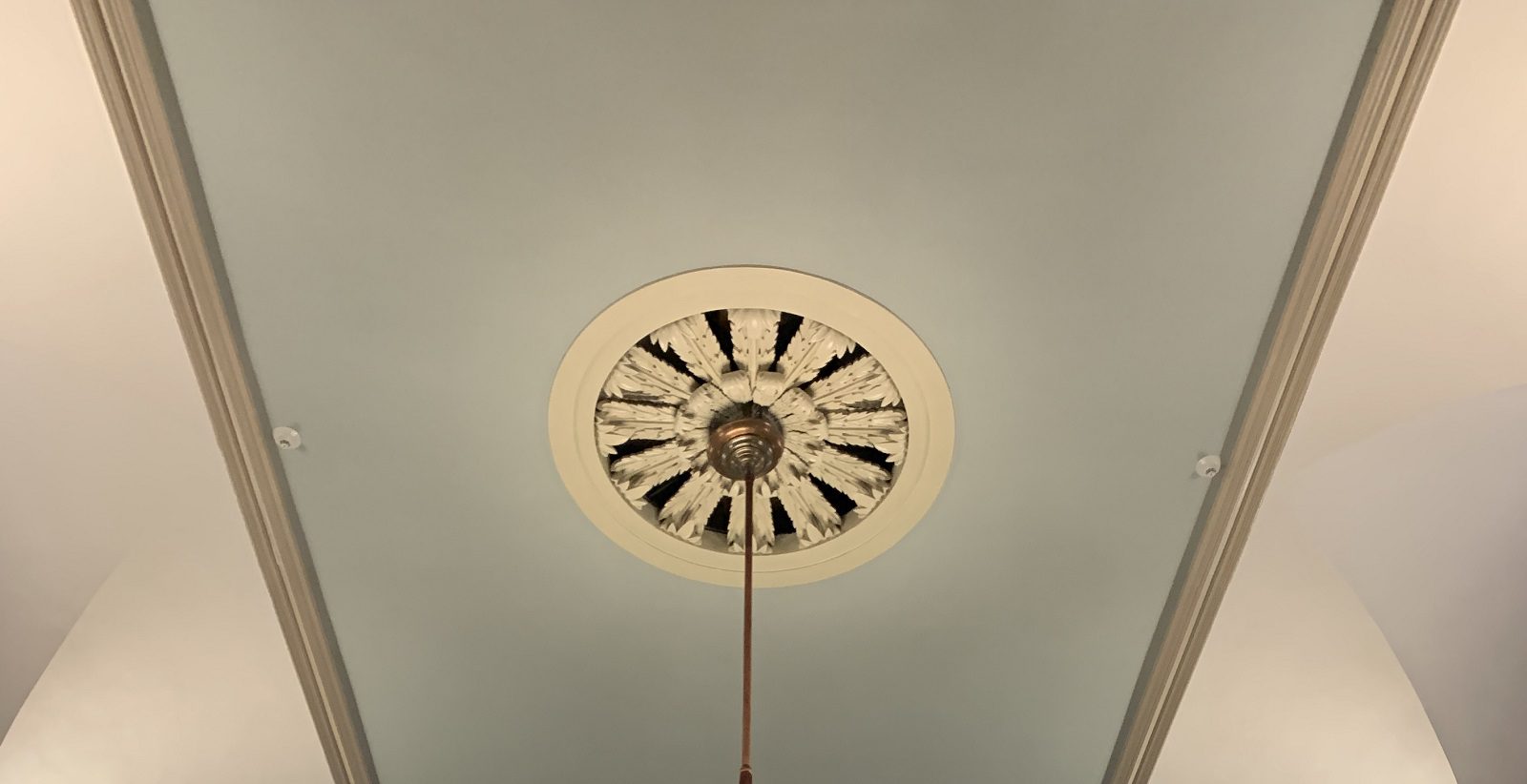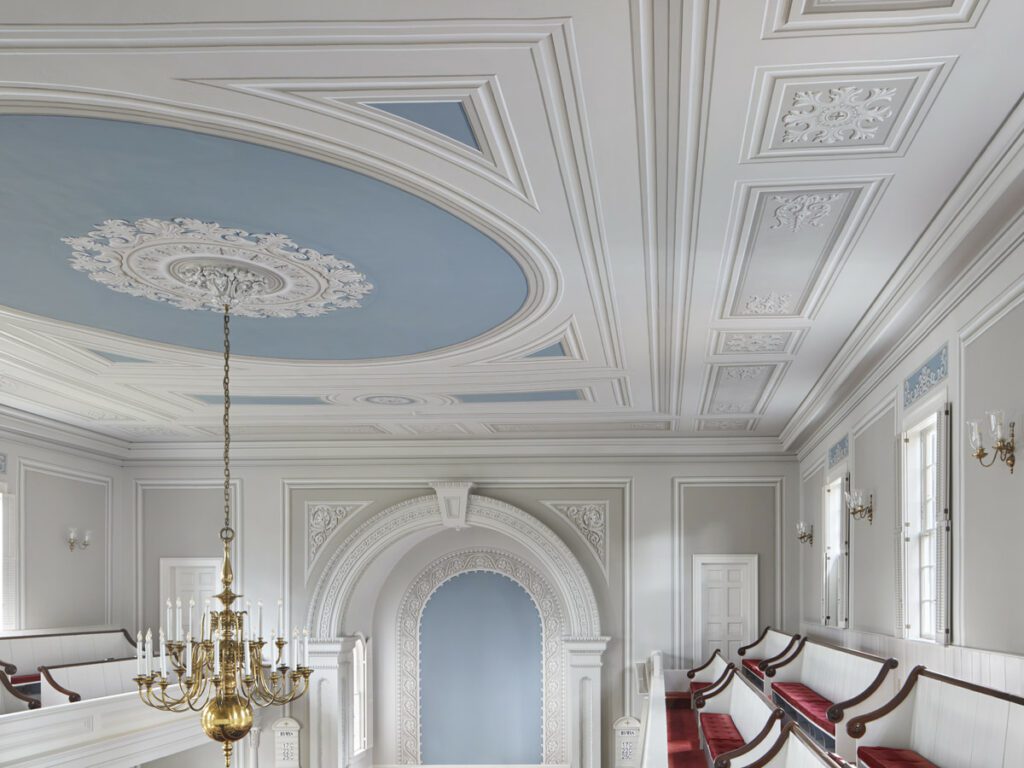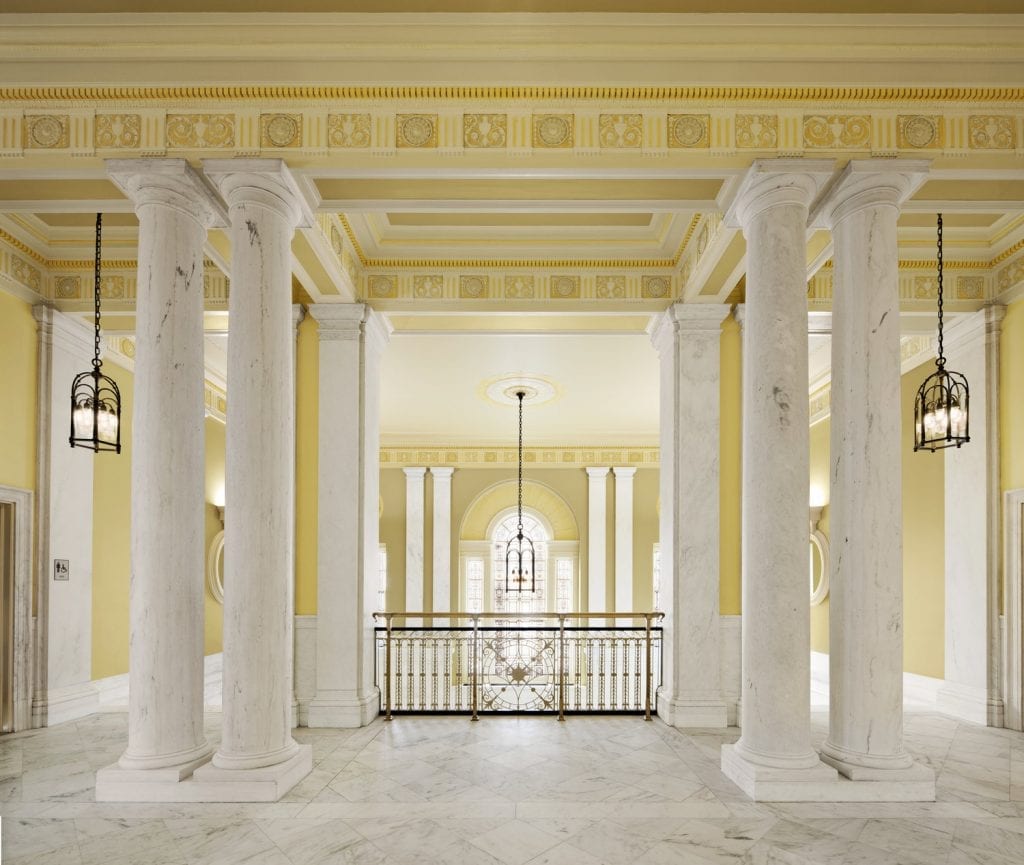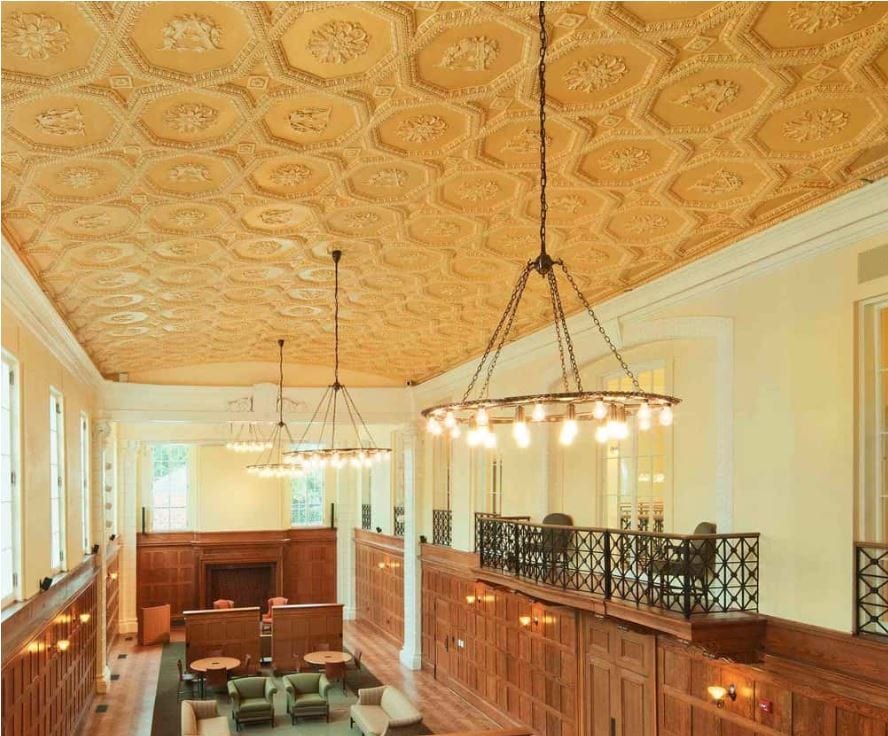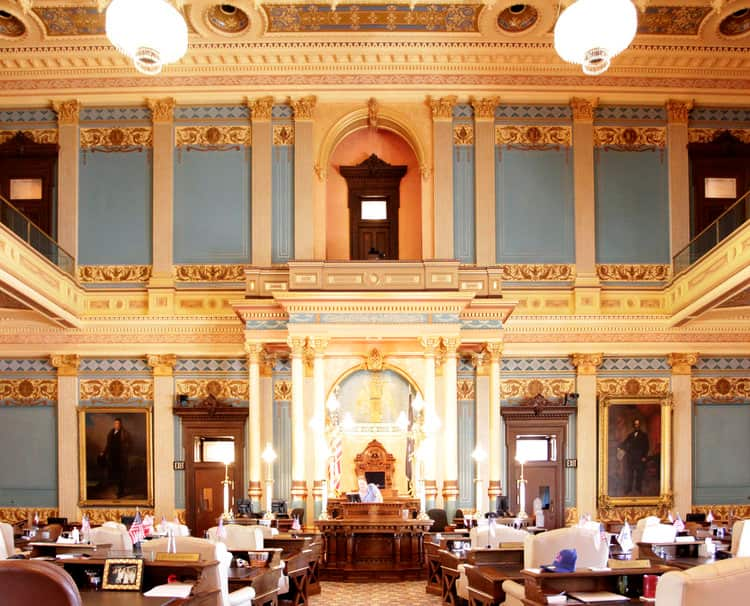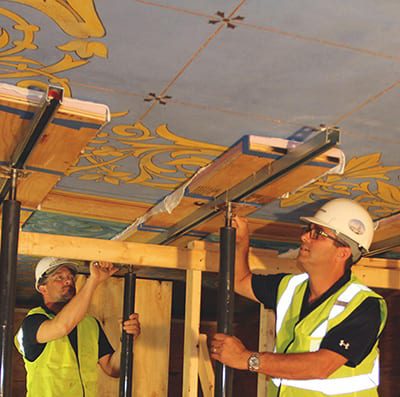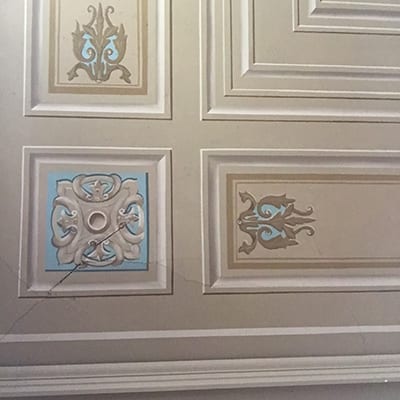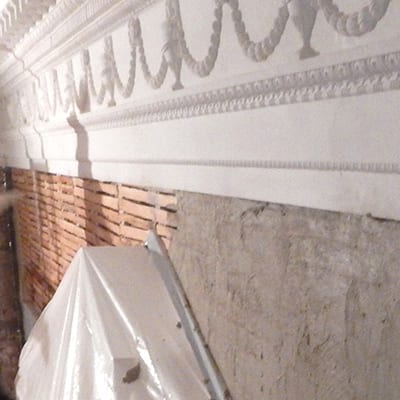Plaster, stucco, and cement are versatile elements that can be finished a number of different ways, either out of necessity or artistic desire. Plaster finishes serve as a great architectural tool when designing the interior of a space. Certain textures are more closely associated with specific architectural movements and including them when embarking on a building or restoration process helps bring greater authenticity to the completed project. Let us take a look at the types of plastering finishes and how to identify them.

Water Being Applied during the Smooth Cast Plaster Application
Types of Plaster Finishes:
Smooth Cast:
Also known as Neat or White Coat, is a smooth, level surface finish with no texture or additional finishing elements. Perhaps the most prevalent finish associated with plaster, its ubiquitous nature does not mean it has to remain uninspired. Often, plainly finished plaster can serve as a base layer on to which more complex techniques can be applied– such as marbleizing, faux bois, Venetian plaster, trompe l’oiel, among many others. Smooth cast is most associated with gypsum-based plasters. To achieve this finish plasters will repeatedly trowel the surface & compress the plaster. Often water is applied during the troweling to keep the surface slick.
Rough Cast:
Also known as Float Finish, is rough and course in appearance, this plaster finish is common on exterior stucco applications but French country, Tudor, and sometimes craftsmen utilize it indoors as a plaster finishing technique. While no long as common, this process was a common way of adding a creative element prior to the turn of the century. Historically, it was utilized as a way of easily disguising irregular surfaces, or rooms that were not totally plumb. Less formal in appearance, various methods of scraping the setting plaster results in different textures– sometimes small amounts of plaster are troweled on “erratically” to create a similar look, but this generally would be considered a textured finish. The plaster while wet is repeatedly troweled over with a wood float. Through a circular trowel motion, the aggregate is brought to the surface to create the course appearance.
Sand Faced:
Often confused with the finished look of true lime plaster, this finish is done in several coats, with the final coat containing a thin application of sand put on a curing plaster substrate. The finished effect creates an expanse of finely textured plaster, course and rough to the touch. Sand faced plaster is often not embellished with painted motifs, given the difficulty associated with working on such a surface– typically, it is painted a solid color. Synthetic sand is often mixed with plaster and applied to ceilings in more modern applications. Like Rough Cast, Sand Cast is also floated with a wood trowel.
Pebble Dash:
Very small pebbles (under 1 mm in size) adorn the surface of plaster after being added into the final mix applied to the surface. Most common with exterior finishes, it can be found often in lower level interior spaces; where plaster is more likely to crack. The strong rock finish and thick under layer of plaster helps it stick together, even in habitually damp conditions. Once plaster is applied often treatment is completed when wet plaster is applied to the surface, pebbles are broadcast onto the surface. Once broadcasted and thrown onto the surface by hand, the pebbles cling and get embed on to the surface.
Scrapped:
Thickly applied plaster layers are scrapped away, revealing air pockets and long scrape marks (size of marks depends on the scraping implement used). With similar properties to pebble dash finish, the scraping technique helps to prevent cracking by revealing air pockets that would have expanded and contracted over time causing cracks to form in the surface– potentially deep cracks.
Depeter:
Perhaps the least common technique, this finishing method incorporates either larger gravel sized stones or flint material in the mix (or combination of the two) to create the end effect. Unlike in pebble dash, the gravel is nearly completely aligned with small ridges separating each rock row. Commonly applied directly to masonry, this finishing application is good for areas that are damp, or prone to cracking.
Textured:
Any finishing application that does not utilize any of the aforementioned techniques falls under this category. Fanned, fancy-edge trowel, and jagged finish are common examples of hand-finished textures commonly applied. Diverse in nature, there are nearly unlimited examples of unique textured finishes. Rich in possibility, plaster is so much more than just a flat, smooth surface. Creative architects and experienced plasterers vary finishing techniques to create interest and draw the eye to different areas within a finished space. Whether finishing an entire space or just a small alcove, differing textures help build depth and complexity.

